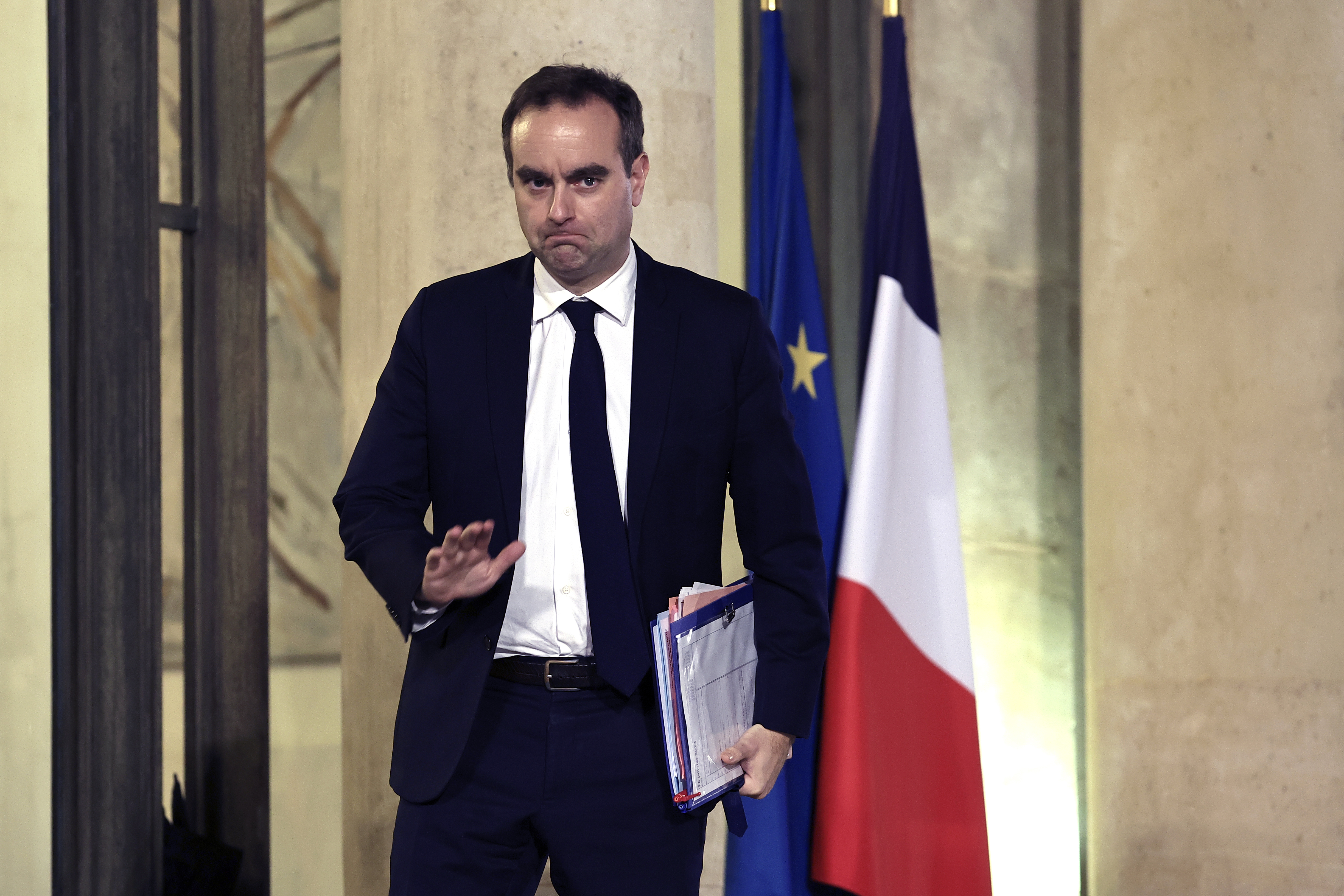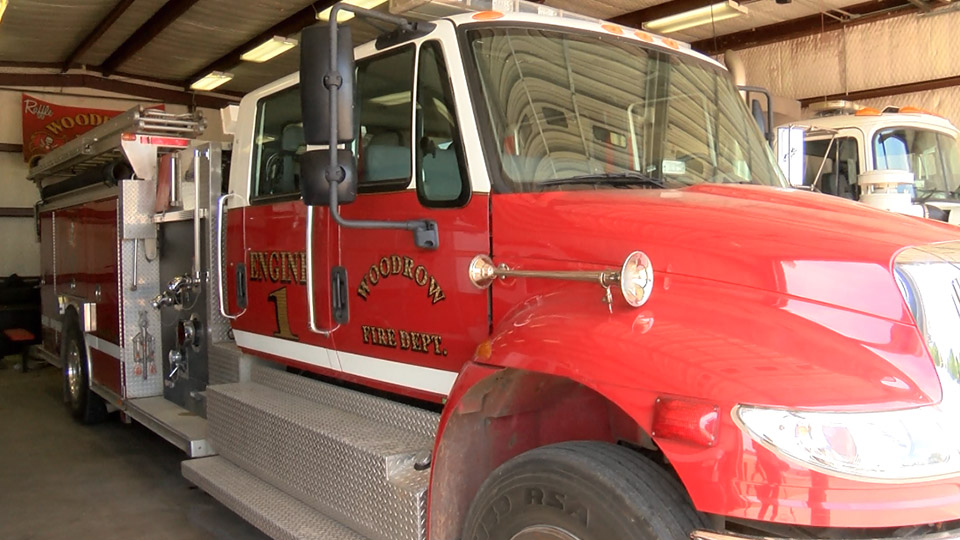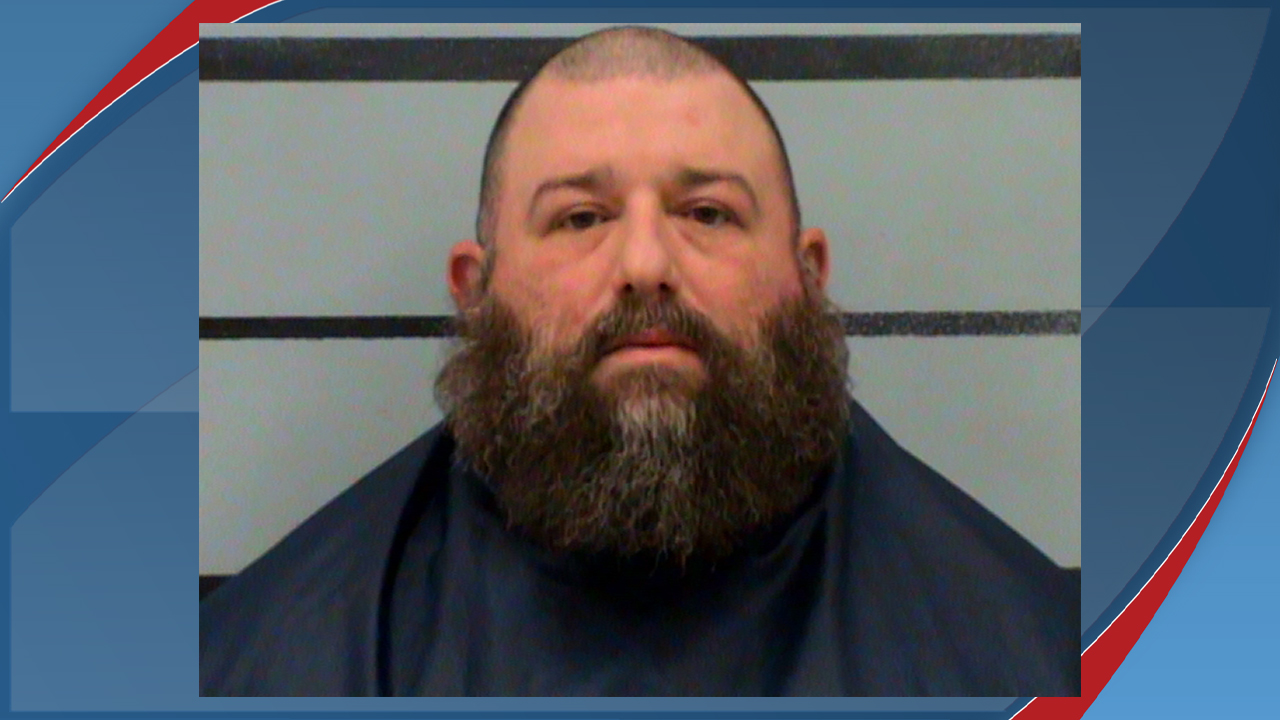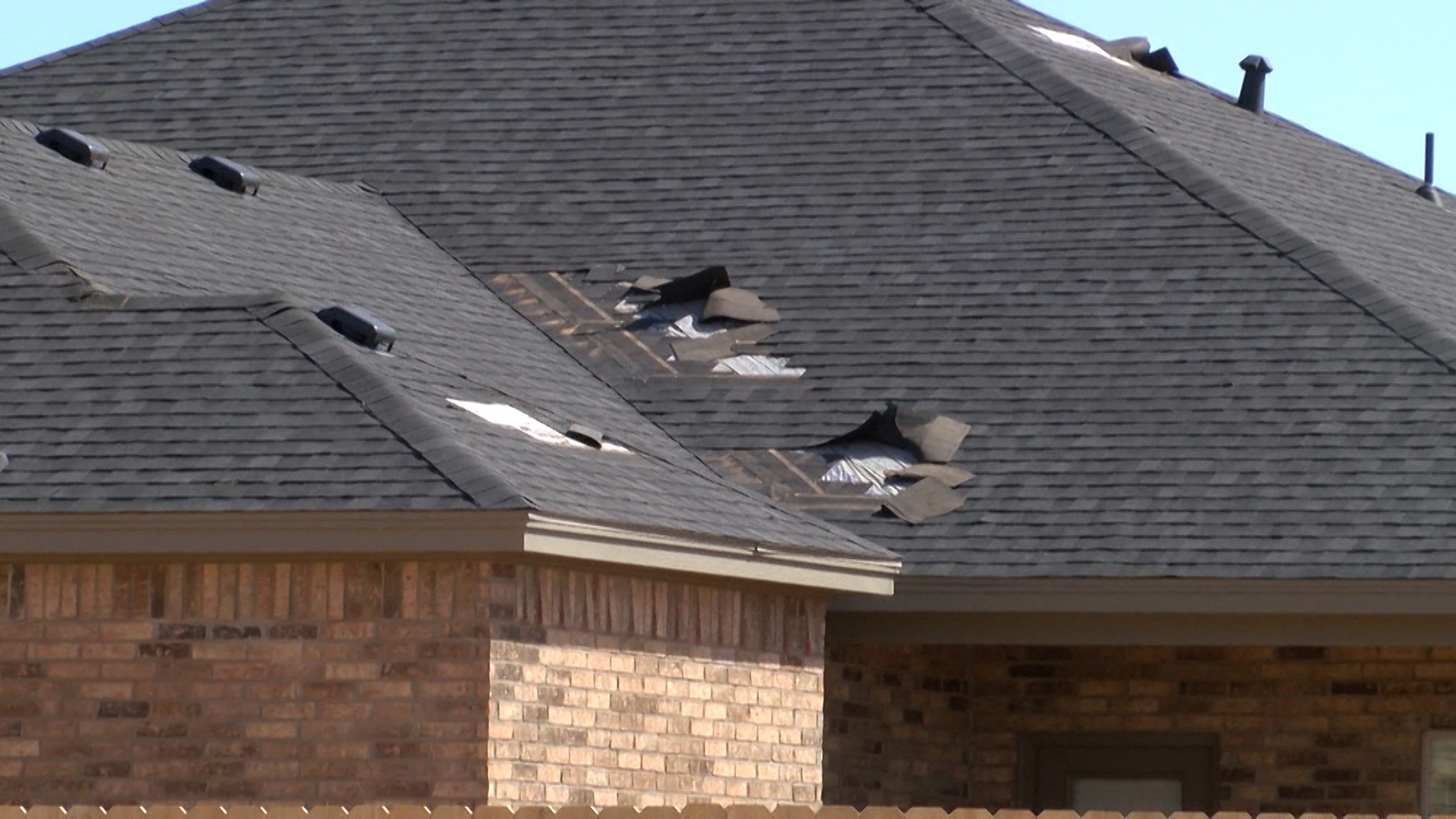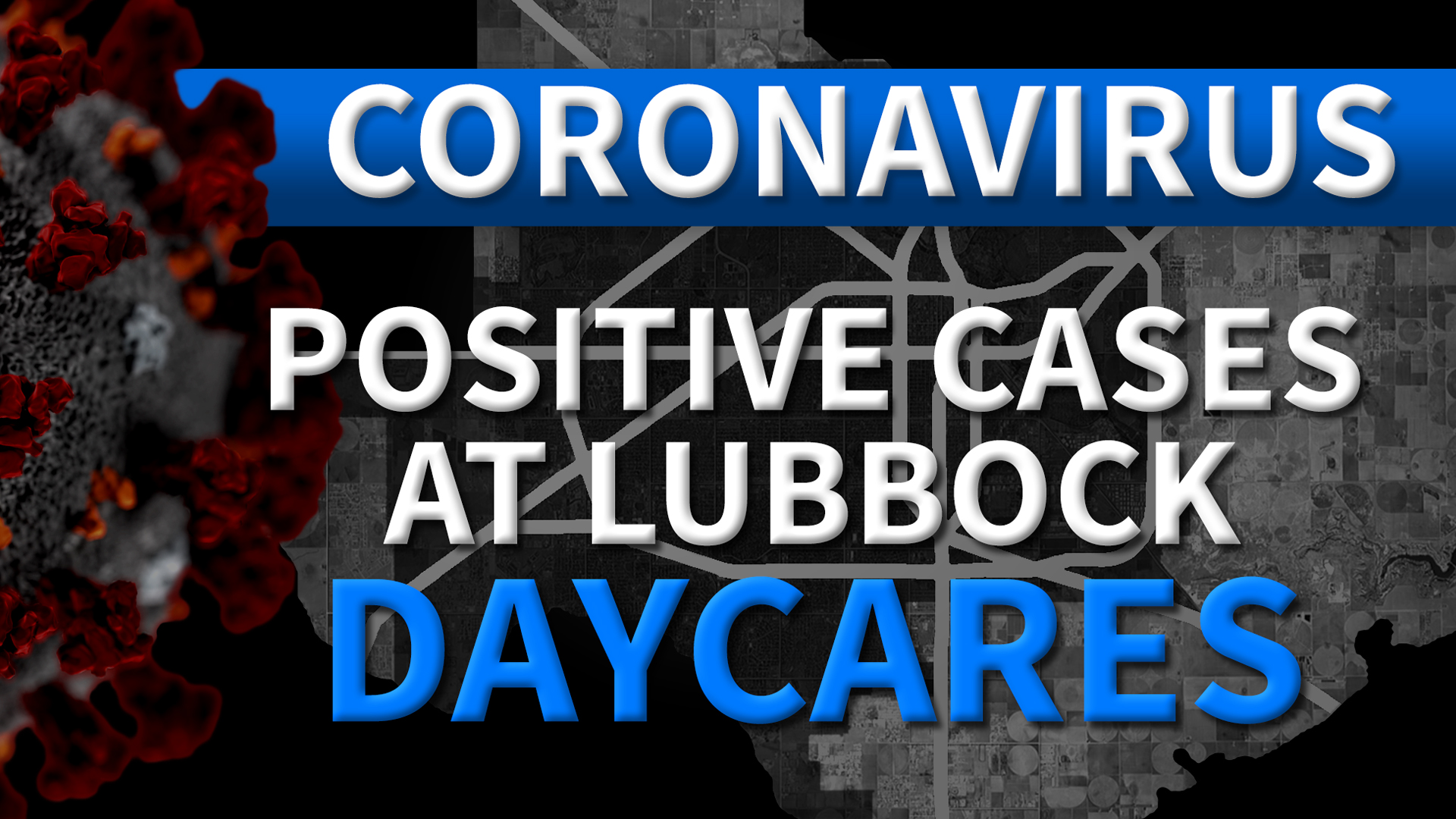“Right now we’re finding the average age for first exposure to pornography is at the age of 11,” said Dr. Jaclyn Cravens, a professor in the couple, marriage, and therapy program at Texas Tech University.
But that doesn’t mean that younger kids aren’t being exposed. In fact Cravens explained that the more your children are interacting with technology, the more likely they are to be exposed to pornography at a younger age.
It’s a problem that is only getting worse. Statistics posted by Fight The New Drug indicate that in 2016 alone consumers watched 4,599,000,000 hours of pornography from a single website. That translates to roughly 6,666 lifetimes. It’s why Cravens explained that parents need to have early and often intervention, even before your child is exposed.
“We don’t have to go into detail, we have to think about age appropriate conversations but considering what to do if they come across content because they don’t feel like they should be viewing,” said Dr. Cravens.
She also explained that by having those early and often conversations you are building trust with your child so that when they are exposed, they will be more likely to turn to you with their questions and concerns.
“We want to talk about having shame-free conversations meaning, neutral conversations where we say this may be happening and we want you to come and talk to us without thinking you’re going to get into any kind of trouble,” said Dr. Cravens.
Making sure that parents don’t shame their children is an essential part of dealing with this problem. The problem comes that if parents shame their children they are more likely to turn to someone else or even associate that shame into future relationships, potentially even into their marriage when they are older.
One of the big tips for preventing pornography in your home is monitoring your child’s screen usage. Cravens recommends that you have computers, tablets, phones and other internet-connected devices used in common areas like the living room. Also, do your homework as a parent and find a good software that will prevent it from popping up on your screens.
If you do find you child is viewing pornography on a regular basis there are things you can do to help.
“Is there a professional in the community that specializes around pornography use or sexual behaviors, problematic sexual behaviors and helping the kids find a therapist that they would feel comfortable with,” said Dr. Cravens.
One of the issues that can come from use Dr. Cravens explained is that “it paints a really unrealistic picture for what intimate romantic relationships look like.”
Legally your children must be 18 or older to view pornography.
Learn more about our partnership with TTU K-12 Here.






